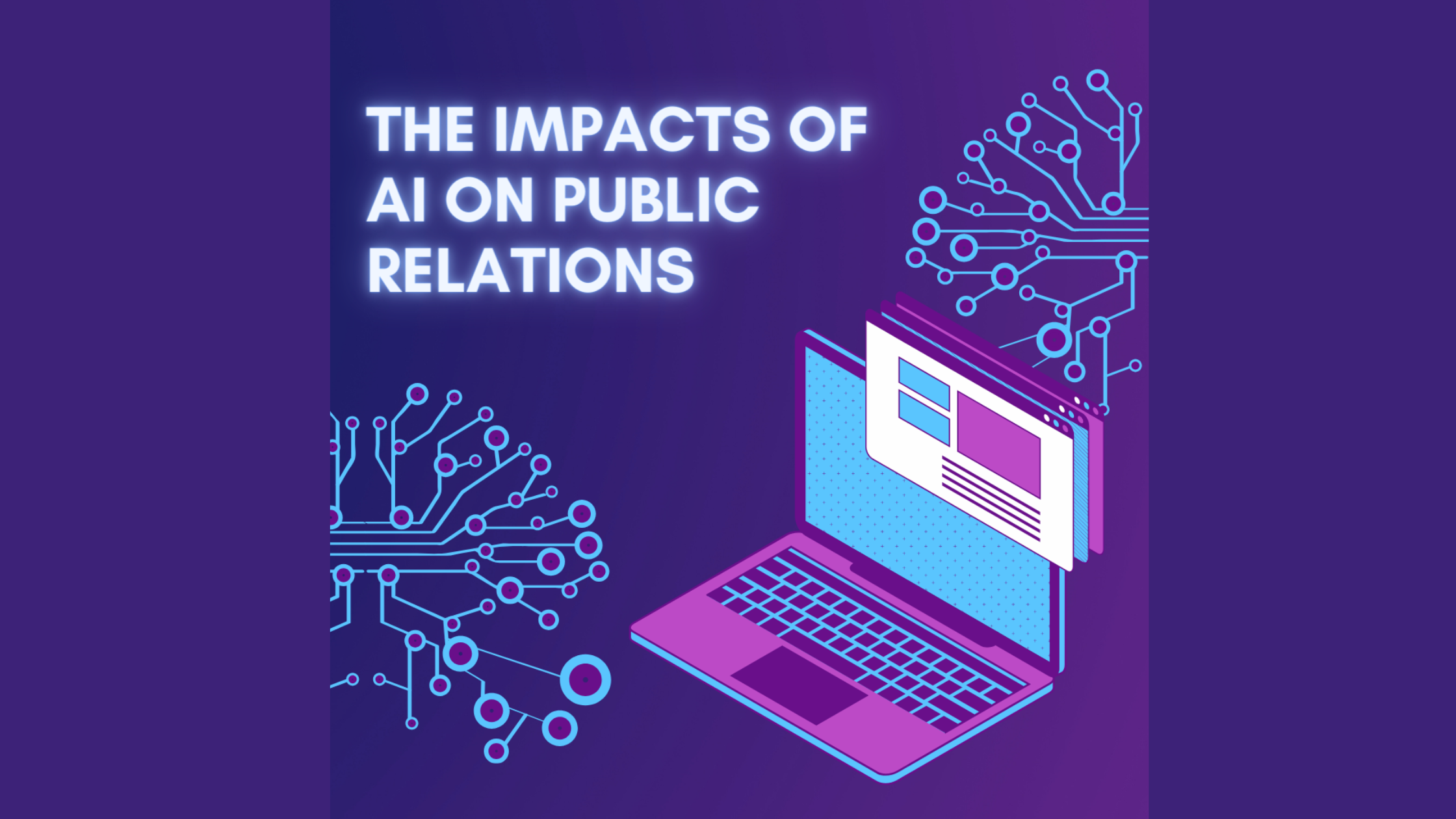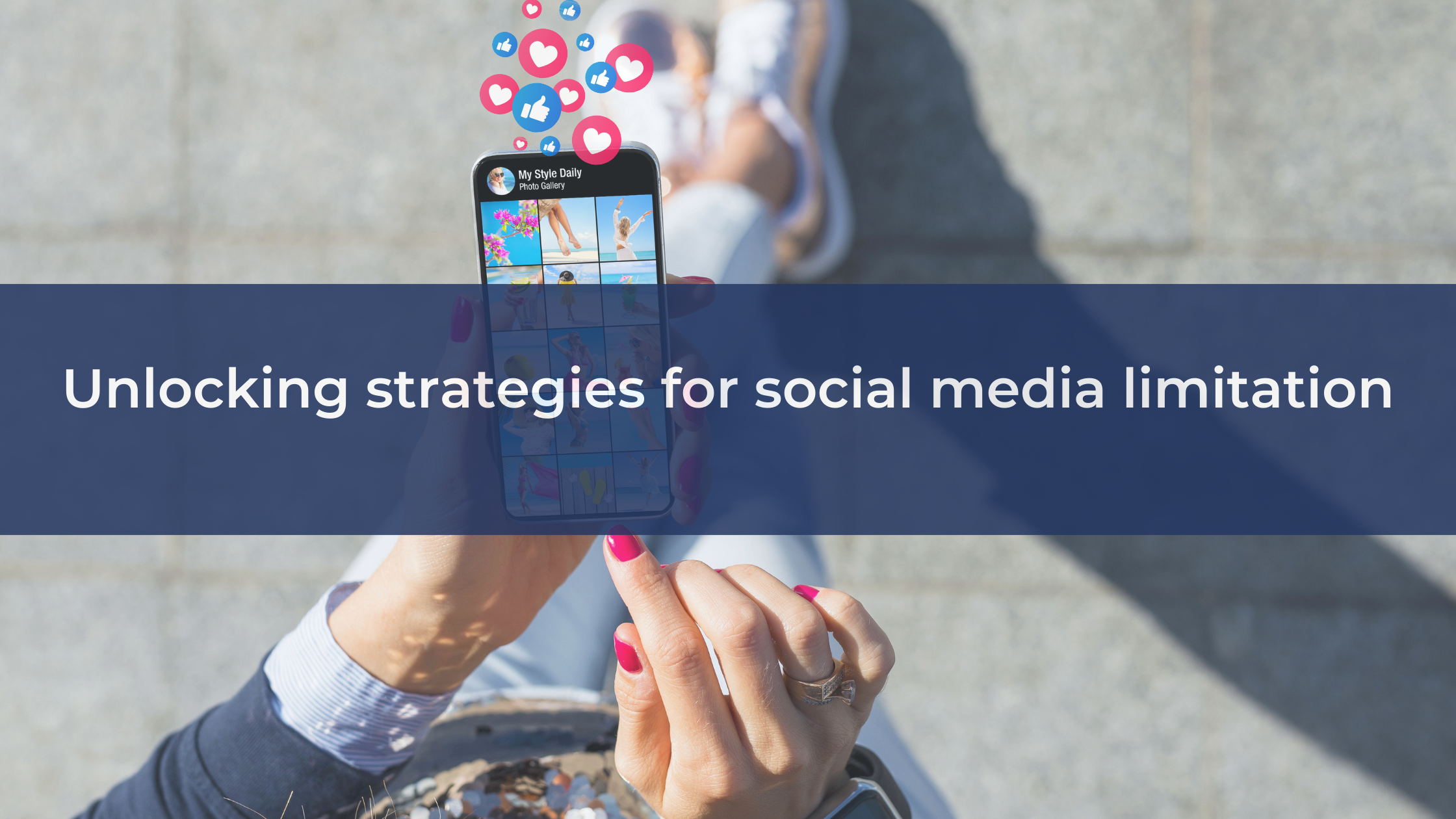At the end of 2023, public relations firms, businesses, news organizations and individual practitioners reflected on the top PR industry trends for the new year. A common denominator throughout trend predictions was the integration of artificial intelligence or AI into PR practice. In a 2023 study, the majority of PR professionals surveyed (67.8 per cent) by Prowly recorded that they are utilizing AI as a PR tool within their day-to-day operations. Prowly predicted the top three trends for communication professionals in 2024 would be data-driven PR, AI content generation and utilizing AI to conduct research. AdWeek credited “more AI, less X”, referencing the social media platform previously known as Twitter, to be at the forefront of 2024 trends. Six weeks into 2024, the presence of AI within the realm of PR and communications is as prominent as ever – but what are the risks?
The Strengths of AI
AI is a powerful tool for content generation, brainstorming concepts and flushing out ideas. Tools like ChatGPT can help combat writer’s block and draft press releases, speaking notes or content for social media. AI can be utilized in media monitoring and flagging potential issues before they turn into a PR crisis. AI technology can measure and evaluate the success of campaigns and communications plans, which is an essential part of good PR practice. When navigating tight budgets and deadlines, AI can reduce the need for human labour and fast-track processes.
While early adaptors of AI technology within the communications industry are finding benefits and success, using AI is not without hesitations and barriers, as well as warnings from industry pros.
Fact-check everything
In 2017, Dictionary.com added the term “fake news” to their every-growing online database. The phrase was popularized by former U.S. president Donald Trump and referred to, while not necessarily ‘fake’ or inaccurate, journalistic sources that he did not agree with. Alternatively, AI technology has created a new space for truly fake, or inaccurate, news and misinformation to spread. When using AI, it is essential for PR practitioners to fact-check everything and never assume that all information generated by platforms like ChatGPT is accurate.
AI does not replace human empathy
AI technology is not a substitution for human empathy. Keeping a human touch present in all communication deliverables is essential within good PR practice. In 2023, Vanderbilt University in Tennessee made headlines with CNN reporting that the university had distributed an email about a recent mass shooting at a different university, all penned by ChatGPT. The letter urged students to build connection and connect with one another during difficult times, with the email signed off with a familiar note from ChatGPT, “Paraphrase from OpenAI’s ChatGPT AI language model, personal communication.” While disclosure of AI usage is encouraged, in this instance human empathy was needed from this deliverable, and the use of AI to deliver this message to students caused a PR crisis for the university.
Beware of bias
As with all communication, unintentional bias can be present. As AI technology learns from human input, this software can emerge with biases. Prowly reports that 32.8 per cent of PR practitioners surveyed are worried about the risk of discrimination and bias generated from AI technology. Public relations professionals should always double-check for bias present within AI-generated images or written content. Lastly, it is important for practitioners to remember that AI is not a replacement for diverse engagement, insights and experiences within an organization.
Written by: Megan Savary, Symmetry Editing Manager and Social Media Supervisor





